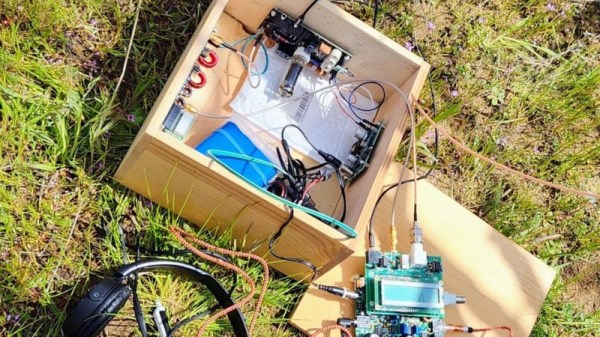One of the more popular trends in the ham radio community right now is operating away from the shack. Parks on the Air (POTA) is an excellent way to take a mobile radio off-grid and operate in the beauty of nature, but for those who want to take their rig to more extreme locations there’s another operating award program called Summits on the Air (SOTA) that requires the radio operator to set up a station on a mountaintop instead. This often requires lightweight, low-power radios to keep weight down for the hike, and [Dan] aka [AI6XG] has created a radio from scratch to do just that.
[Dan] is also a vacuum tube and CW (continuous wave/Morse code) operator on top of his interest in summiting various mountains, so this build incorporates all of his interests. Most vacuum tubes take a lot of energy to operate, but he dug up a circuit from 1967 that uses a single tube which can operate from a 12 volt battery instead of needing mains power, thanks to some help from a more modern switch-mode power supply (SMPS). The SMPS took a bit of research, though, in order to find one that wouldn’t interfere with the radio’s operation. That plus a few other modern tweaks like a QCX interface and a switch to toggle between receive to transmit easily allows this radio to be quite versatile when operating while maintaining its portability and durability when summiting.
For those looking to replicate a tube-based radio like this one, [Dan] has made all of the schematics available on his GitHub page. The only other limitation to keep in mind with a build like this is that it tends to only work on a very narrow range of frequencies without adding further complexity to the design, in this case within the CW portion of the 40-meter band. But that’s not really a bad thing as most radios with these design principles tend to work this way. For some other examples, take a look at these antique QRP radios for operating using an absolute minimum of power.










